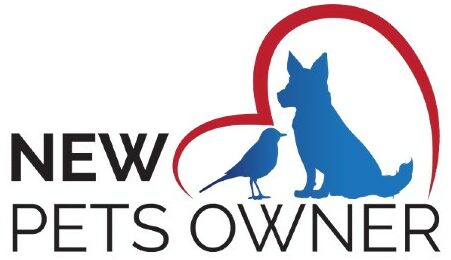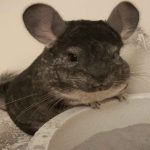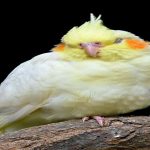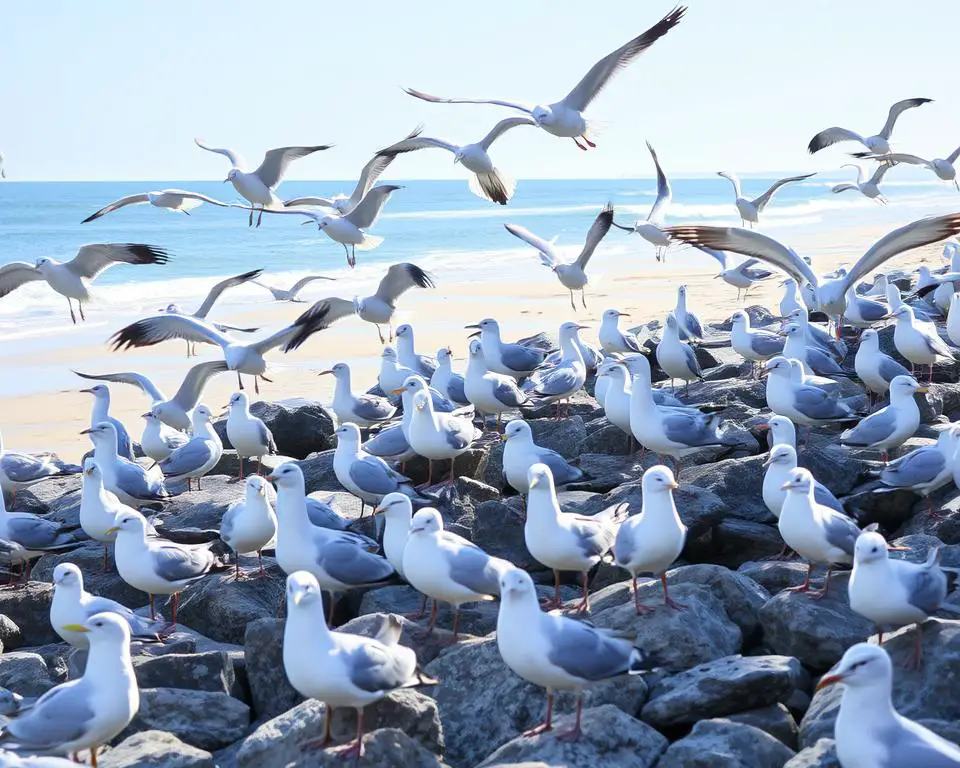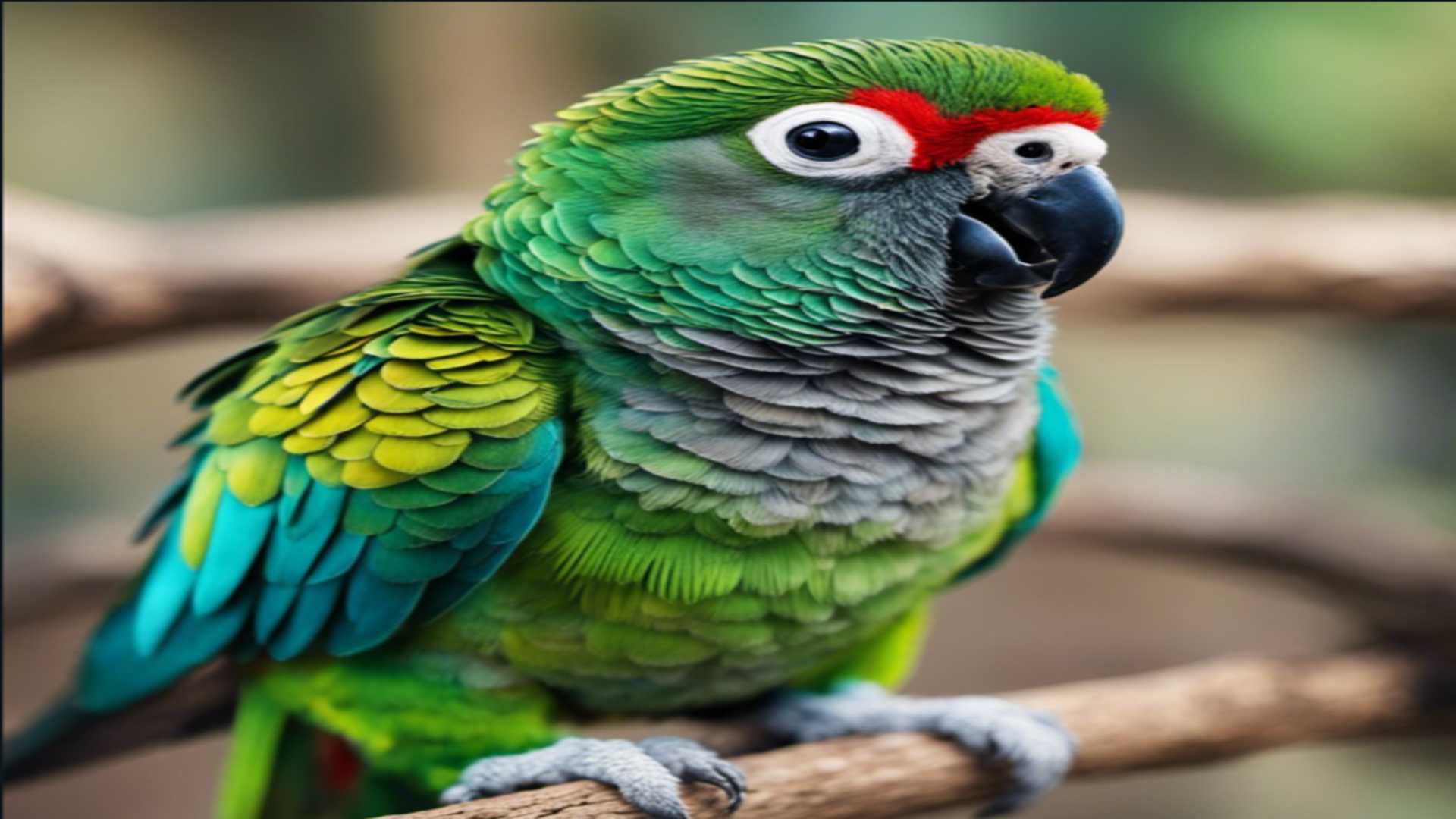Seagulls are one of the most common birds seen along coastlines and in coastal cities around the world. They are highly adaptable, opportunistic feeders that often intrigue people with their unique behaviors and diets. In this article, we will explore what seagulls eat and how their food preferences differ between species and habitats.
Ready? If so, let’s get started!
What do seagulls eat?
Seagulls are omnivorous birds known for their opportunistic feeding habits. They have a diverse diet that includes various foods such as fish, insects, crustaceans, mollusks, rodents, eggs, carrion, and even human-made foods like bread, chips, and leftovers from boats1.
Seagulls are highly effective scavengers and hunters, capable of adapting to different environments and food sources. They are often seen around fishing ports, beaches, and landfills where they scavenge for food
What do gulls primarily consume?
Gulls primarily consume a diverse range of foods due to their omnivorous and opportunistic nature.
Their diet includes fish, insects, crustaceans like crabs, mollusks such as clams, small mammals, reptiles, other birds, carrion, nuts, fruits, berries, seeds, and even human food like bread and processed foods.
They are highly adaptive birds that can thrive on various food sources depending on their habitat and availability.
Gulls have a unique digestive system that allows them to digest a wide variety of food items efficiently.
They are known for their scavenging behavior and can even steal food from other birds or animals through kleptoparasitism4.
Additionally, during the breeding season, seagulls consume a significant amount of invertebrates like crustaceans, mollusks, worms, plankton, and krill
Do seagulls eat seaweed?
Yes, seagulls do eat seaweed, although it is not a primary component of their diet. When there is nothing else readily available, seagulls have been observed picking at seaweed and kelp to satisfy hunger
Do seagulls eat frogs?
Seagulls do eat frogs. Birds that eat frogs include herons, storks, seagulls, crows, egrets, ducks, swans, geese, ravens, hawks, owls, cranes, bluejays, loons, and kingfishers. There are videos showing seagulls eating frogs:
Natural diet
Seagulls belong to the family Laridae, which consists of over 50 species. Though they have diverse diets, most seagulls primarily eat small fish, insects, and invertebrates like mollusks and crustaceans.
Some species, however, are more omnivorous, feeding on various plant materials, carrion, or even trash and human food. Their highly adaptable nature allows them to thrive in a wide range of environments.
Feeding habits can vary not only between species but also among individuals within a species, depending on different factors such as the availability of food resources and the specific needs of the bird at different life stages.
In the following sections, we will further discuss the details of seagulls’ diet and how these fascinating birds have adapted to such diverse ranges of food sources.
Seagulls are opportunistic feeders and have a diverse diet in the wild. Though widely known for scavenging, their natural diet comprises various food sources.
Some of the main types of foods they consume include:
- Fish. Seagulls are skilled fishermen, often hunting for small fish in shallow waters or nearshore environments.
- Crustaceans. They are known to prey on crabs, shrimp, and other crustaceans found along coastlines and in shallow waters.
- Mollusks. Seagulls also consume various mollusks, such as mussels, clams, and snails, sometimes dropping them from great heights to crack their shells.
- Marine invertebrates. These birds may feed on a variety of marine invertebrates, like sea urchins and starfish.
- Insects: Flying insects, as well as those found on the ground or in shallow waters, are also part of a seagull’s diet.
Seagulls are not solely limited to marine food sources. They may also consume:
- Small mammals and birds. When the opportunity presents itself, seagulls may prey on rodents or even other smaller birds and their eggs.
- Amphibians and reptiles. Some seagull species have been known to catch and eat frogs, lizards, and even snakes on occasion.
- Plant material. While not their primary food source, some plant materials such as seaweed, seeds, and fruits can be included in a seagull’s diet.
Seagulls utilize different feeding strategies depending on the availability of food sources in their surroundings. This adaptability allows them to thrive in various environments.
Urban environment diet
Seagulls are highly adaptable birds and have adjusted well to urban environments. In cities, they consume a variety of foods that they come across, including both natural and human-generated sources.
Some common urban food sources for seagulls are:
- Food scraps and litter: Seagulls often find discarded food in garbage bins, dumpsters, or littered on streets.
- Roadkill: Deceased animals hit by cars are another source of nourishment for these opportunistic feeders.
- Invertebrates: Seagulls may consume insects or other small invertebrates found in urban gardens or parks.
- Small mammals and birds: Occasionally, seagulls will prey on small rodents or other birds that reside in urban settings.
Besides these food sources, seagulls also visit bodies of water such as ponds or rivers in urban areas, where they can find fish, crustaceans, and mollusks.
It’s important to note that feeding seagulls human food like bread or chips can cause health issues and increase their dependence on people, so it’s discouraged to do so.
Feeding habits
Seagulls are opportunistic feeders, meaning they consume a wide variety of food sources. Their diet primarily consists of marine animals, such as fish and invertebrates, but they also feed on insects, small mammals, and various human food sources.
In their natural habitat, seagulls typically feed on:
- Small fish, like anchovies and sardines
- Invertebrates, like crabs and shrimp
- Marine worms and mollusks
- Amphibians, such as frogs and tadpoles
When dwelling in urban areas, seagulls may consume:
- Garbage found on streets or landfills
- Food scraps left behind by humans
- Pet food left outdoors
Seagulls are sometimes observed catching food in mid-air, a behavior known as aerial feeding. This can include insects and even small birds. They also exhibit kleptoparasitism, wherein they steal food from other seabirds.
Social feeding is another common aspect of seagull feeding habits, where they gather in groups to feast on food sources. This allows them to take advantage of abundant resources and collectively defend their food against other birds or predators.
Read also: Can Seagulls Drink Salt Water? (3 Minutes Read)
Diet variation by species
Seagulls, belonging to the Laridae family, have various dietary habits depending on their species. In this section, we will discuss the differences in diet among some common seagull species.
- European Herring Gull (Larus argentatus). Primarily consuming fish, crustaceans, and mollusks, European Herring Gulls are known for their opportunistic feeding habits. They also scavenge on food waste in urban areas and occasionally feed on small birds, eggs, and carrion.
- Black-headed Gull (Chroicocephalus ridibundus). Mostly feeding along coasts and wetlands, Black-headed Gulls primarily consume insects, worms, and small fish. They may also feed on seeds and berries in agricultural fields, or scavenge for leftovers in urban areas.
- Ringed-billed Gull (Larus delawarensis). Found across North America, the Ring-billed Gull is an opportunistic feeder that eats a variety of food items. They mainly consume fish, insects, earthworms, and crustaceans but will also scavenge human refuse like the other species.
- Great Black-backed Gull (Larus marinus). As the largest of the gulls, Great Black-backed Gulls have a more predatory feeding behavior. They primarily eat fish, crustaceans, mollusks, and small birds. They are also known to steal food from other seabirds and feed on carrion.
Here is a summary of the diet variation among these seagull species:
| Species | Main Diet | Opportunistic/Special Behaviors |
|---|---|---|
| European Herring Gull | Fish, crustaceans, mollusks | Scavenging, carrion, small birds, eggs |
| Black-headed Gull | Insects, worms, small fish | Seeds, berries, scavenging |
| Ring-billed Gull | Fish, insects, earthworms, crustaceans | Scavenging |
| Great Black-backed Gull | Fish, crustaceans, mollusks, small birds | Kleptoparasitism, carrion |
Human impact on seagull diet
Seagulls have adapted remarkably well to human-altered environments, leading to changes in their dietary habits. As opportunistic feeders, seagulls readily consume food scraps left behind by people, leading to increasing reliance on human-generated sustenance.
There are several ways in which human activities contribute to changes in seagull diets:
- Landfills. Seagulls often flock to landfills to forage for food scraps, which can make up a significant portion of their diet.
- Urban environments. Open garbage cans, littering, and food waste on streets offer easy meals for seagulls.
- Fishing industry. Discarded bycatch and fish offal attract seagulls, altering their natural diet and behavior.
Human impact on seagull diets not only affects feeding habits but also influences their population size and distribution. As seagulls become more reliant on human sources of food, they may also experience changes in their health, as human-generated waste generally contains higher levels of fats, salts, and sugars compared to their natural prey.
Summary
Before we move on to the conclusion, we’ve summarized this article into a short list of key points for you to remember:
- Seagulls have a diverse diet that includes small fish, crustaceans, mollusks, insects, and even small mammals and birds.
- They are highly adaptable and can thrive in different environments, including urban areas where they may consume food scraps, roadkill, and invertebrates.
- Feeding seagulls human food is discouraged as it can cause health issues and increase their dependence on people.
Conclusion
As opportunistic feeders, seagulls can adapt to different environments and food sources to survive. Though they are often associated with marine environments, these birds are also found in urban and agricultural areas where food is readily available.
Human activity has played a role in altering the feeding behaviors of seagulls, as they frequently scavenge from landfills and waste disposal sites. Reducing litter and managing waste responsibly can help curb this dependency and restore natural feeding habits among seagull populations.
Understanding the diet of seagulls provides insight into their behavior, ecology, and the impacts of human activity on these adaptable birds.
Want to learn more about seagulls?
Ready to boost your knowledge to the next level? If so, check out the articles below:
- 5 Foods Seagulls Can Swallow Whole (With Pictures)
- Can Seagulls and Pigeons Breed? (Explained For Beginners)
- Do Seagulls Attack Humans? Are They Aggressive? (Explained)
